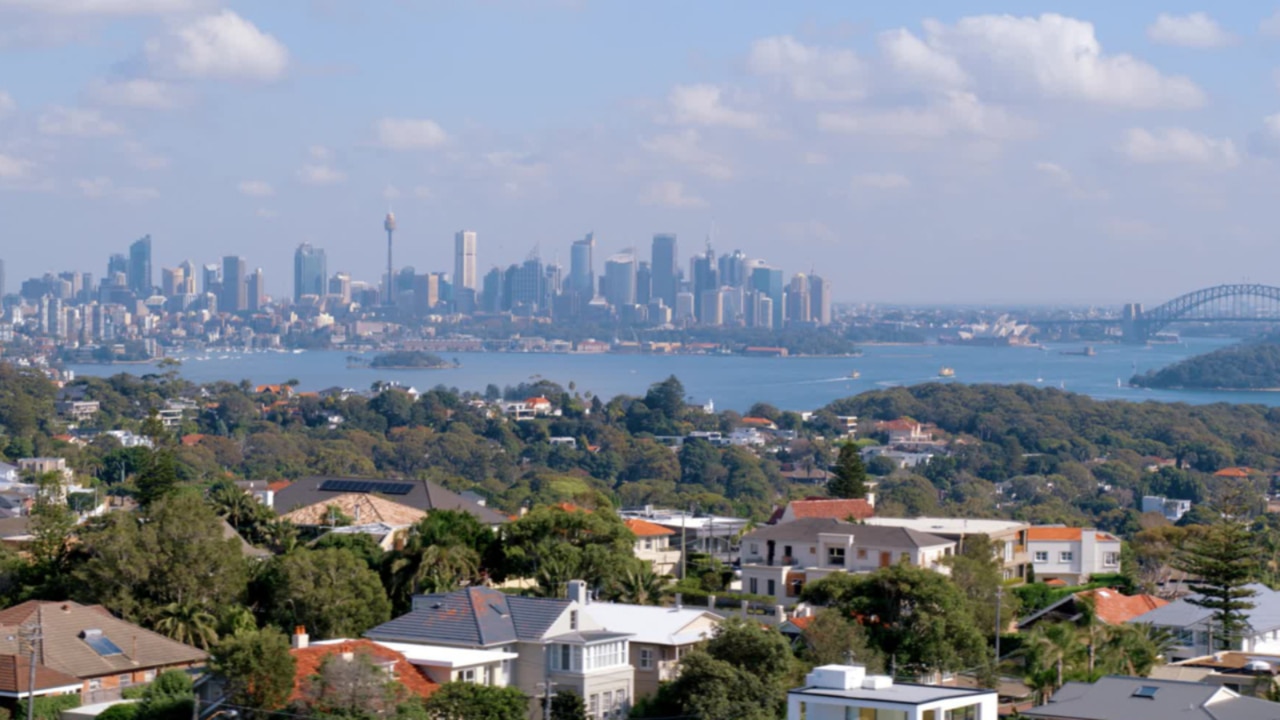Short-short stay rental returns cause jump in popularity
Holiday letting is becoming increasingly popular in Australia, with investors generating the same returns as a year on the long-term rental market in just 101 days.

It takes just 101 days for the owner of a short-stay rental to achieve the same income as a full year on the long-term market, with solid returns and high demand helping to bolster the number of holiday homes on offer.
Australia recorded a 23 per cent jump in the number of holiday rentals advertised in the year to March, with new research examining the scale of the emerging sector by the Real Estate Institute of Australia (REIA) revealing almost 134,000 rooms and whole properties available.
Regional parts of the country are disproportionately impacted, with about two-thirds of short stays outside the capitals.
In five of the most sought-after beachside retreats – Queensland’s Port Douglas, Noosa Heads and North Stradbroke Island, and NSW’s Byron Bay Huskisson-Vincentia – more than one in five homes have been dedicated to tourists.
But CoreLogic research director Tim Lawless said there is no clear link between holiday homes pushing up the cost of private rentals, citing a report by academics at the University of Queensland released last month.
Private holiday letting has become popular with investors because the returns are typically stronger than if the property was offered as a long-term rental market. In capital cities, it takes an average of 95 days to generate an income equivalent to a year on the long-term rental market. That figure drops to just 76 days across regional Australia.

“Overall, I wouldn’t be surprised if the short-term rental market remains quite popular,” Mr Lawless said.
“Rental returns are quite strong if you’re in a market where they’re appropriate demand. It also gives property owners some flexibility in how their property is utilised.
“Also, arguably, when you consider some of the fundamental reforms coming through it, may be a way that some property investors look to circumnavigate those policies and take more direct control of their investment property.”
Federal, state and territory leaders agreed at last month’s national cabinet to consider options for better regulation of short-stay residential accommodation with a suite of actions to improve conditions for renters.
Various councils have already moved to crack down on the sector. The City of Melbourne this week announced it would move to introduce a $350 registration fee by early next year, coupled with a cap on the time a property can be listed online to 180 day a year.
Hobart and Brisbane‘s councils are using rates to penalise short-stay owners, while in NSW, homes must be registered.
REIA president Hayden Groves said the benefits afforded to short-term hosts tend to outweigh regulatory impediments.
“Short-stay accommodation offers a superior investment option with less regulation and licensing involved, so we obviously need to look to incentivise owners back into long-term accommodation; not disincentive them further,” Mr Groves said.
Popular booking site Airbnb’s head of public policy for Australia and New Zealand, Michael Crosby, said the company was open to greater transparency but would prefer a co-ordinated approach by states as opposed to council-by-council changes.
“Restricting the number of nights a property can be rented out via a cap doesn’t mean these properties will return to the long-term market,” he said.
“In many cases, Hosts make properties available on Airbnb that would otherwise be used only as holiday homes for themselves, their friends and family.
“Many of these homes are unlikely to ever be offered on the long-term rental market. There are also numerous categories on Airbnb, many of which are unique, and wouldn’t be considered appropriate for the long-term rental market.”
Prices in the long-term rental market have begun to moderate, but vacancy rates are still sub 3 per cent, which is considered “healthy”.






To join the conversation, please log in. Don't have an account? Register
Join the conversation, you are commenting as Logout